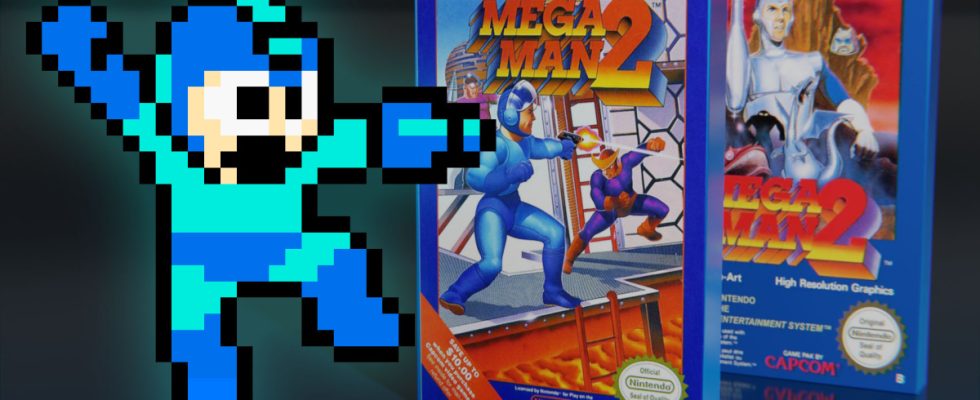Capsule Computers is a strange name for a company that produces video games. Apparently the Japanese founders wanted to show that their slot machines were vessels filled to the brim with fun.
The abbreviation introduced later Capcom sounds better. What was crucial, however, was that the company had already had some arcade hits in the mid-1980s. As a result, Capcom’s titles gradually appeared like 1942, Ghosts ‘n Goblins and Legendary Wings also on the new game console from Nintendo.
The shooting and platform games on the Nintendo Entertainment System were just as fun as the big role models on the slot machines – but something was missing. When it came to console games, the focus was no longer on the best score, but rather on the motivation to spend longer with a single game.
For the next NES game, Capcom put together a team of six developers who agreed on three rules: a level should be completed within an hour, the order of these sections could be freely chosen and the opponents within the levels had to be selected in a very specific way vary, promising the greatest possible variety.
From the first boss with a pair of scissors on his head, further bosses emerged with different abilities. The rock-paper-scissors principle then developed from the scissors idea: one person’s strengths were another’s weaknesses. By defeating them, the character gradually took over their abilities and was thus increasingly better equipped against the following opponents.
There were six enemies to overcome: Cut Man, Elec Man, Fire Man, Bomb Man, Ice Man and Guts Man. While the initial names were pretty self-explanatory, Guts Man presented players outside of Japan with a conundrum: Why wasn’t the rock-throwing robot opponent called Rock Man?
The answer lay in the translation: In Japan, the game itself was called Rock Man – that was the name of the main character, a cute blue robot with an arm that shoots projectiles. As a result, the opponent obviously couldn’t have the same name.
In the rest of the world, the game – and with it its hero – was called Mega Man. The stone-throwing final boss still remained Guts Man.
Video: Mega Man 2 – Golem retro_
[9:04]
When Mega Man was released in Japan in 1987, it was quite successful, but the title remained relatively unnoticed in the United States. This was probably not only due to its generic and unappealing name, but also to the extremely ugly packaging.
In order to avoid the manga aesthetic, which was little known outside of Japan at the time, a more realistic design was chosen. The commissioned draftsman implemented this in a more than amateur way – according to legend, in just six hours.
Anyone who gave the game a chance anyway was offered a solid mix of shooting and jumping, accompanied by a dynamic soundtrack by the composer Manami Matsumae was underscored.
Even though Mega Man wasn’t one of the best sellers of 1987, the team at Capcom decided to give it another chance.

